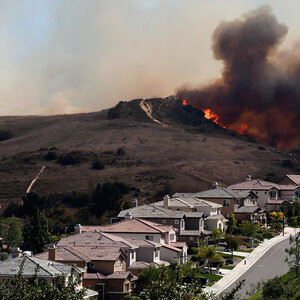Webster's New World Grant Writing Handbook
Whether you are part of a major university development office or a small, new charitable nonprofit, Webster's New World Grant Writing Handbook is an excellent resource on the sometimes daunting and vast topics of proposal writing and grantseeking. The Grant Writing Handbook is a comprehensive overview taking the reader through the entire process, from finding the right funding opportunities, to writing persuasive proposals, to following up later, all with an emphasis on corporate and foundation fundraising. It is intelligent and direct, yet easy to read. It also delves into how to research foundations and corporate giving programs that best suit your nonprofit and gives practical advice on how to solicit funds and follow up on an effective written proposal.
The Grant Writing Handbook, written by Sara Deming Wason, executive director of Corporate and Foundation Relations at Syracuse University, is divided into nine organized parts. Part I focuses on the importance and advantages of including corporate giving programs and foundations in a fundraising plan. Because each is structured to make charitable contributions, it is practical and worthwhile to establish relationships with both. Part II discusses new trends in philanthropy and fundraising, such as the emergence of women's funds, as well as the significant issues that are influencing the field, such as the events of September 11.
Parts III, IV, and V concentrate on the specifics of raising funds for a project. This is perhaps the most helpful information for newcomers to the field. Wason addresses the importance of defining a project, setting fundraising goals, and finding appropriate funders for the project. She gives detailed information and tips on effective search strategies and addresses how to approach possible funders, including the initial approach, letters of inquiry, and personal visits.
Parts VI, VII, and VIII discuss the proposal document in great detail, including outlining the plan, following guidelines, and packaging the proposal in a way that will encourage funders to take note. Wason also gives suggestions on follow up, saying thank you, and handling a denial. Finally, Part IX emphasizes the importance of stewardship and maintaining a long-term relationship with the funder.
Additional resources consist of four appendices that include a sample proposal, proposal forms, characteristics of an effective fundraiser, and information on government grants. Charts and tables are included throughout the book, ranging from the distribution of grant dollars in the United States to a sample project expense budget.
No matter the size or scope of the nonprofit, Wason emphasizes that "preparation is the key to success" when seeking grants. Wason suggests that in developing a business relationship with a foundation or corporation, "you want to involve them with your organization as much as possible and as much as is appropriate." It's important to "look for ways to more closely link donors to your organization."
Published in 2004, the Grant Writing Handbook is an up-to-date and accurate resource that includes personal accounts collected by Wason from her more than 20 years of experience working with professionals at foundations and corporations. This book would be equally helpful to the novice looking to understand the basics of fundraising as to the more experienced grant writer looking to improve and maintain relations with an existing donor.
For citations to additional materials on this topic refer to the Literature of the Nonprofit Sector Online, using the subject headings heading "development — handbooks, manuals, etc."







